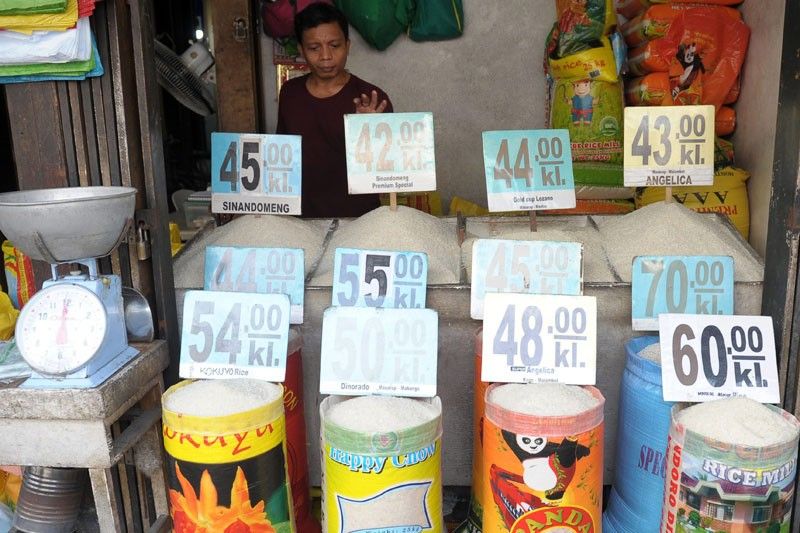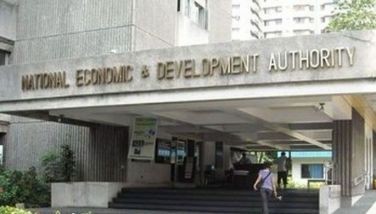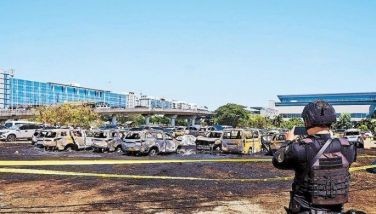‘Zamboanga rice crisis shows import dangers’

MANILA, Philippines — The raging rice crisis in Zamboanga, where prices have soared to P70 per kilogram, should serve as warning to the country not to rely on imported rice to feed its population, the Department of Agriculture said.
Agriculture Secretary Emmanuel Piñol said the crisis in Zamboanga and nearby provinces of Basilan, Sulu and Tawi-Tawi might spread to other areas if the government would continue to depend on imports to satisfy local demand.
“For many years, these areas have relied on smuggled rice from Vietnam and Thailand, which is brought into the country via Sabah. Smuggled rice was sold in the market at prices lower than locally produced commercial rice and local officials hardly lifted a finger to stop the illegal activity,” he said yesterday.
But just after the Zamboanga City council approved a resolution urging the local government to place the city under a state of calamity, Mayor Maria Isabelle Climaco-Salazar told The STAR that huge volume of rice had begun arriving from Isabela and India.
She said after “initial inspection,” they discovered that sacks of rice had arrived from Isabela and from India. As fresh rice supply pours in, Salazar said she still would have to approve the council resolution. The arrival of fresh stocks, she said, is expected to stabilize prices.
Piñol, meanwhile, emphasized there was no serious effort to develop and support the rice industry in the communities as good quality smuggled rice was available for only P29 to P35 per kg.
“Rice farmers abandoned their farms and shifted to other agricultural activities, including fishing because there was no way they could compete with the cheaper smuggled rice,” Piñol said.
“Even local rice traders who used to buy and sell locally produced rice, including legally imported rice, abandoned the business because they said they could not sell their stocks,” he added.
The supply shortage came after Malaysian Prime Minister Mahathir Mohamad and President Duterte agreed to stop illegal activities in the borders of both countries.
While the move was aimed at addressing the movement of terror groups, it also stopped rice smuggling operations, thus cutting the supply of cheap rice to Zamboanga and nearby regions.
“When smuggling was stopped, prices of rice in the markets started shooting up and consumers asked for the government subsidized rice from the NFA which they ignored in the past,” Piñol said.
Piñol emphasized that the economic managers’ proposal to bring in more imported rice and eventually reduce government allocation for the rice industry would further drive farmers away.
“When this happens, the country would be highly dependent on imported rice and the rice exporting countries could dictate the prices. The Philippines would end up paying more for imported rice just like what happened in 2008,” he said.
He added that the threat of climate change would also affect exporting countries’ production and force them to stop or limit selling to other countries.
“The population of the world’s rice exporting countries is growing, just like the Philippines. There will be a time in the near future when the demand for food by their own people would effectively prevent these countries from exporting,” Piñol said.
Local farmers are now producing 93 percent of the country’s total rice requirements and the DA is only targeting to reach the 95 percent level to allow a five percent window for imported rice.
In Zamboanga City, Salazar said 100,000 bags of rice that are set to arrive would be sold to the city. Some 40,000 to 50,000 bags will come from the National Food Authority (NFA), she said.
She said additional supplies are also coming in from Region 12 in Cotabato, while additional stocks will be delivered after the September harvest from Zamboanga Sibugay province.
“With the additional supply locally coming from Region 12 and the coming harvest season, Zamboanga City will not have scarcity of rice anymore,” Salazar said.
Earlier, Salazar said the council resolution underscored the seriousness of the problem plaguing the city.
“The declaration of the state of calamity in the city is an admission that there is really something wrong, this is an economic issue which affects the poorest of the poor, that’s why as an official of the government, I have to initiate moves to address the present economic crisis,” Lobregat said in a radio interview.
The city approved the resolution following a dialogue with representatives from the agriculture department, National Food Authority (NFA), City Disaster Risk Reduction Management Office (CDRRMO), Department of Trade and Industry (DTI) and other concerned agencies.
Salazar, who chairs the local price council, had suggested to the DTI the imposition of price ceiling on commercial rice.
Rep. Celso Lobregat, meanwhile, has urged the local government to concentrate on ensuring productivity and institutionalizing a food security program. With Roel Pareño
- Latest
- Trending






























